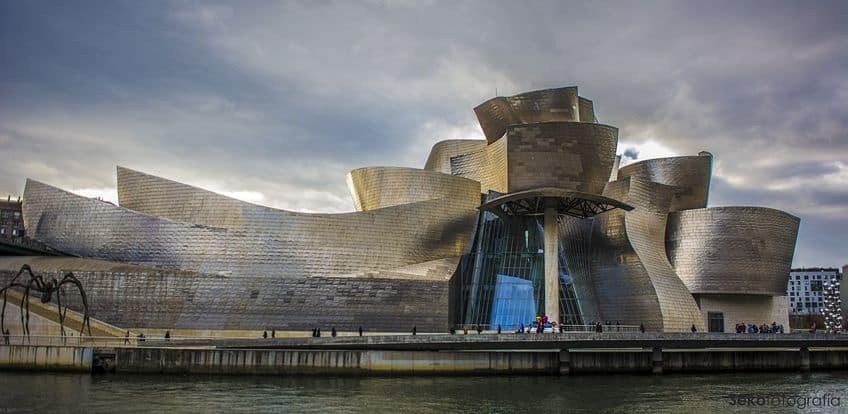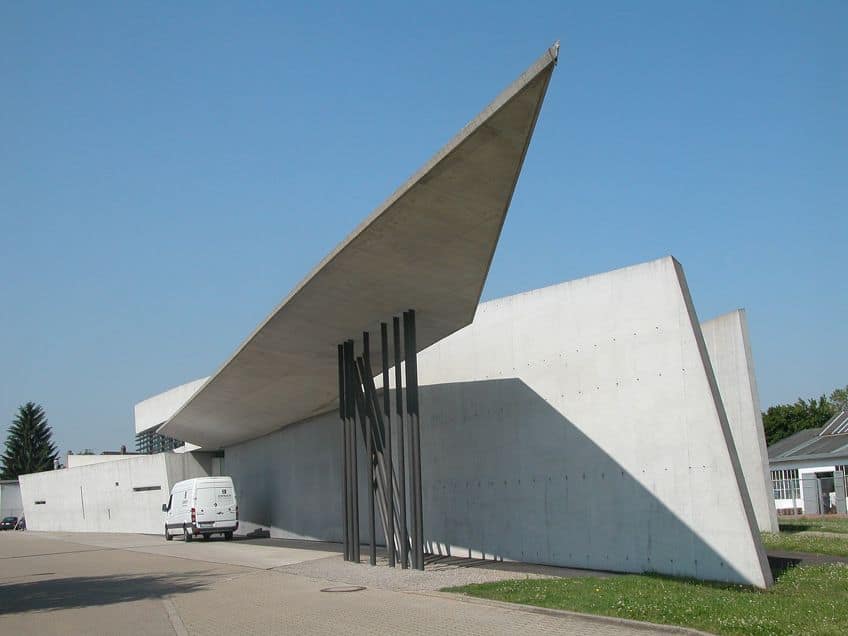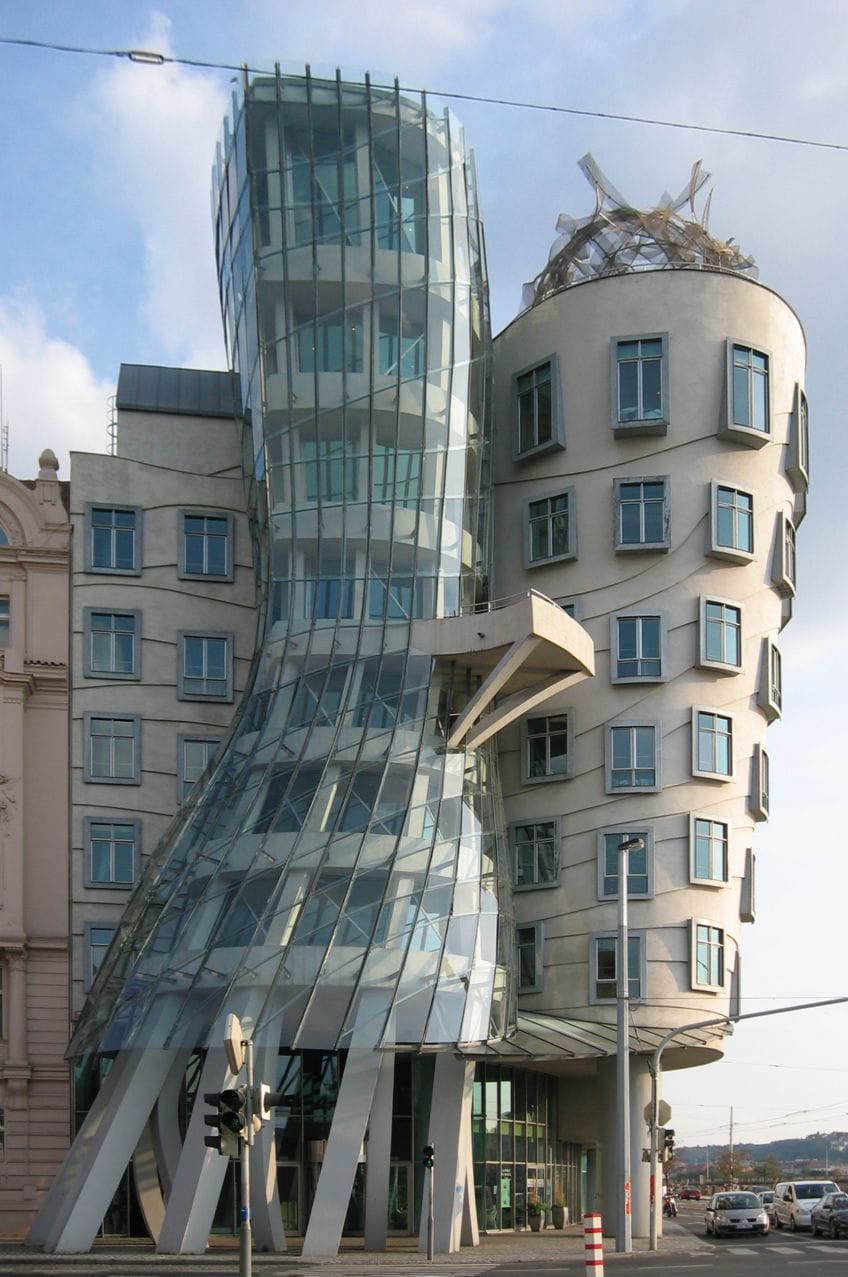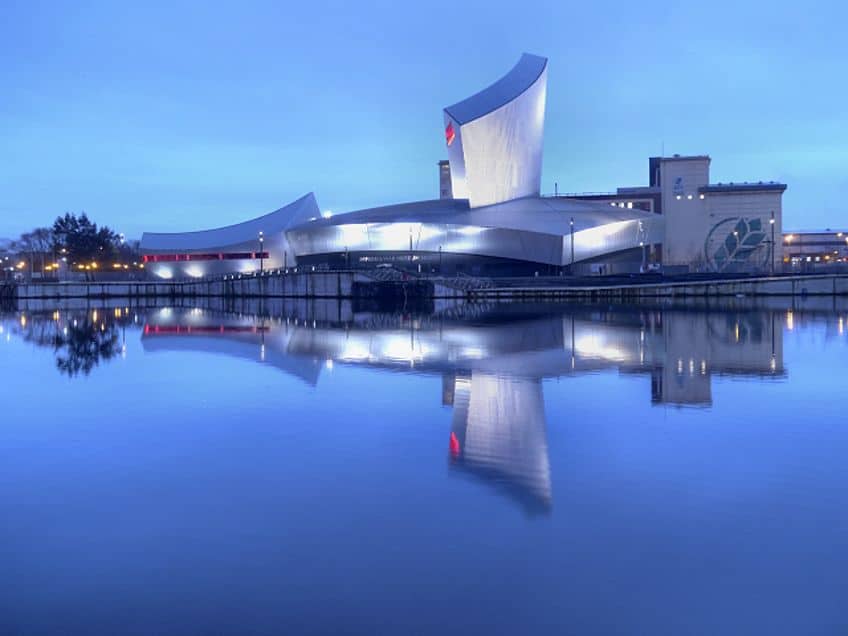Deconstructivism Architecture – Pushing the Limits of Design
Welcome to the wild world of Deconstructivism architecture, where chaos meets creativity, and conventionality is thrown out the window like yesterday’s blueprints. Imagine buildings defying gravity, structures contorting and twisting in seemingly impossible ways, and forms that challenge our very perception of space. Deconstructivism isn’t just about constructing buildings; it’s about deconstructing the rules, bending the norms, and inviting you on a rollercoaster ride through architectural innovation. Get ready to be bewildered, inspired, and perhaps a little disoriented as we unravel the enigmatic world of Deconstructivism architecture.
Key Takeaways
- Deconstructivism challenges traditional architecture with its non-linear approach.
- The style is characterized by fragmentation and unpredictability in form.
- Deconstructivist buildings often incorporate dynamic, sculptural elements.
What Is Deconstructivist Architecture?
Deconstructivist architecture, arising in the 1980s, represents a movement divergent from conventional architectural design. It rejects the principles of harmony, unity, and stability, opting instead for a language of fragmentation and non-linear complexity. It marked a departure from the ordered rationality of modernism. Instead, it embraces complexity and contradiction, employing a visual fragmentation of structures to disrupt the conventional architecture’s rectilinear lines and planes. It is not merely a style, but a philosophical approach to design, questioning traditional architectural principles and seeking to represent the unpredictable nature of modern life.

Unlike the principles of harmony and symmetry that guided previous architectural styles, deconstructivist architects draw inspiration from the idea of controlled chaos. The resulting buildings often seem to defy gravity and conventional structural expectations, creating a dynamic interaction between the building and its surroundings. The approach is influenced by philosophical deconstruction, which aims to dismantle ideas and challenge established narratives, translating this concept into the physical form of buildings. The movement is inspired by the idea of “deconstruction,” a philosophical theory that suggests meaning and knowledge are not fixed but rather can vary according to the reader’s interpretation.
Championed by architects like Frank Gehry, whose Guggenheim Museum Bilbao is a notable example, Deconstructivism has left an indelible mark on contemporary architecture.
The philosophy extends beyond aesthetics; it functions as a form of critique for modernist architectural aspects by pushing the boundaries of architectural expression. While some may perceive it as destabilizing, others may interpret these designs as a reflection of modern society’s multifaceted nature. Deconstructivist architecture does not demolish structure for rebellion’s sake; instead, it aims to provoke thought about how space and form are perceived. Key features include:
- Non-rectilinear shapes: Projects often appear to have no set axis or symmetry.
- Fragmentation: Buildings present an appearance of being split or disassembled.
- Surface manipulation: Surfaces are manipulated to add visual disorientation.
- Interest in the unconventional: A break from traditional design norms and an exploration of novel forms and structures.
The Foundations of Deconstructivism
Deconstructivism emerged from postmodern architecture, characterized by fragmentation and a chaotic aesthetic that defies traditional structure. The movement draws its theoretical backbone from the philosopher Jacques Derrida’s concept of deconstruction. Derrida challenged the perceived certainty of structures and systems, suggesting meanings are mutable rather than fixed.
Notable proponents of the style include Frank Gehry, Zaha Hadid, and Rem Koolhaas. These architects have popularized deconstructivism through their imaginative designs. The movement reveals a departure from modernism’s aligned forms and suggests an architectural language of displaced elements, distorted forms, and angular, often conflicting geometries

Deconstructivism architecture embodies a non-linear process, consciously breaking away from traditional notions of order and symmetry. Its structures serve as visual stimuli, evoking a sensation of unresolved complexity that challenges our perceptions. Moreover, it grants architects conceptual freedom, enabling the expression of the nuances and contradictions inherent in the modern world. Through these main characteristics, Deconstructivism invites us to embrace the beauty of disorder and to rethink our understanding of architectural design.
Architecturally, deconstructivism is evident through buildings that exhibit a remarkable visual presence, defying classical architectural symmetry and appearing to disassemble and reassemble in unexpected ways.
The movement offers a lens to explore the multiple layers of meaning within a design, both for the creator and the observer, making the built environment a dynamic intersection of form and philosophy.
Origins and Philosophical Foundations
Deconstructivism in architecture challenges traditional forms and embraces complexity and fragmentation. This approach emerged as architects drew on the philosophical insights of Jacques Derrida and the aesthetic of Constructivism, paving the way from a Modernist to a Postmodernist vocabulary in architectural design.

Influence of Jacques Derrida and Constructivism
Jacques Derrida, a French philosopher, played a pivotal role in the conceptual underpinnings of Deconstructivism. His philosophy of Deconstruction dissected the complexities of language and meaning, allowing architects to apply these principles to the built environment. Derrida’s impact on architecture was not to provide a design methodology but to inspire an exploration of space and structure beyond conventional forms. Parallel to Derrida’s influence, the 20th-century Avant-Garde movement of Russian Constructivism arose after the First World War, emphasizing material and geometric abstraction. This movement, despite its name, is separate from Constructivism but retains a focus on assembled forms.
Unlike the modernist mantra of “form follows function,” it embraced abstracted forms and a dynamic dislocation of space, laying a foundational aesthetic for Deconstructivist architects.
Transition from Modernism to Postmodernism
Transitioning from the severity and rationality of the Modern Movement, architects in the late 20th century began exploring the sensibilities of Postmodernism. This new wave was characterized by a break from the unyielding ideals of Modernism, where straight lines and functionalist purity dictated design. In stark contrast, Deconstructivism reflects a world that does not adhere to strict order or singular narratives. It embodies a fragmentation of form, hinting at the pluralism and complexity of Postmodern life. Deconstructivism leverages this shift to disrupt the architectural language, distorting and dislocating elements of structure to challenge perception and expectations of space.

Deconstructivism Architecture Characteristics
Deconstructivism in architecture is marked by a departure from the conventional principles of design. It introduces complexity and unpredictability in form and structure.

Asymmetry
A hallmark of Deconstructivism is the pronounced use of asymmetry. Structures rarely mirror themselves on any axis, giving rise to buildings that appear dynamic and in motion.
Fragmentation and Distortion
Deconstructivist buildings often exhibit fragmented components and distorted elements that disrupt traditional architectural aesthetics. These features may include irregular shapes and surfaces that appear to be manipulated or “pulled apart.”
As with other deconstructed things in this world, like food, deconstructivism architecture breaks buildings down into component parts and presents them in a new and unique way.
Industrial Materials
Deconstructivism makes frequent use of industrial materials such as steel, concrete, and glass. These materials are chosen for their ability to be molded into the unconventional shapes that characterize this style.
Deconstruction of Traditional Forms
Traditional architectural forms and geometries are dissected and reassembled in a seemingly haphazard manner. This deconstruction creates an unpredictable visual narrative that challenges the observer’s perception.

Emphasis on Interior Space
Interior spaces in Deconstructivist buildings are often non-linear and non-rectilinear, creating a unique spatial experience that reflects the complexity of the building’s exterior.
Playfulness and Humor
There is an element of playfulness and humor in Deconstructivism, with architects often incorporating whimsical or unexpected elements as a form of critical commentary within their designs. Deconstructivism architecture is not serious.
While the architects who create these buildings are doing so on a serious intellectual basis, the buildings themselves tend to be fun and interesting.
Key Figures and Iconic Structures
Deconstructivism in architecture challenges traditional forms, presenting a visual experimentation with shape and volume. Its key figures have shaped contemporary architecture with structures that defy conventional geometries, often evoking a sense of irregularity and fragmentation.

Prominent Deconstructivist Architects
- Bernard Tschumi: Known for integrating architectural theory with real-world practice and experimentation.
- Peter Eisenman: A theorist and architect, Eisenman’s works often feature grid-based irregularities and complex formal structures.
- Zaha Hadid: Her dynamic and flowing forms have made a significant impact on modern architecture.
- Daniel Libeskind: His designs, like the Jewish Museum in Berlin, express a poignant narrative through space.
- Frank Gehry: Celebrated for his innovative use of materials and form; his designs, such as the Guggenheim Museum Bilbao, have become icons.
- Rem Koolhaas: A critical figure in the field, his works often explore the effects of modern society on architecture.
- Coop Himmelb(l)au (Wolf Prix): They have incorporated dynamic forms into their striking designs.
Landmark Deconstructivist Buildings
- London Aquatics Centre (Zaha Hadid): A testament to fluid geometry in motion, built for the 2012 Olympics. It utilized 628 panes of glass and seats between 2800 to 3800 spectators.
- Jewish Museum Berlin (Daniel Libeskind): A space narrating the Jewish history through its zigzagging plan and voids.
- Walt Disney Concert Hall (Frank Gehry): Its sail-like structure is an emblem of Los Angeles.
- Guggenheim Museum Bilbao (Frank Gehry): Renowned for its sculptural silhouette and contribution to the phenomenon of the “Bilbao effect”.
- Vitra Fire Station (Zaha Hadid): An early example of deconstructivism using sharp angles and straight lines to create a dynamic form.
- Imperial War Museum North (Daniel Libeskind): Represents three intersecting shards that symbolize air, earth, and water.
- Gehry House (Frank Gehry): Gehry’s own residence in Santa Monica, a collision of new and old forms.
- Royal Ontario Museum (Daniel Libeskind): Known as the “Crystal”, its angular façade intersects with the more traditional architecture of the existing building.

As we conclude our exploration of Deconstructivism architecture, one thing becomes abundantly clear: in the realm of architectural expression, there are no limits, only boundless possibilities. From the fractured facades to the daring structural designs, Deconstructivism challenges us to rethink what it means to build, to inhabit, and to experience space. As we bid farewell to this captivating journey, let us carry with us the spirit of innovation, the courage to defy convention, and the appreciation for the beautifully disordered tapestry that is Deconstructivism Architecture. After all, in the world of design, chaos isn’t just chaos—it’s the beginning of something extraordinary.
Frequently Asked Questions
What Are the Defining Characteristics of Deconstructivism Architecture?
Deconstructivism is marked by a departure from harmony, continuity, and symmetry. Structures often exhibit unpredictability and controlled chaos, using fragmented elements that defy conventional forms and structures. These buildings can be recognized by their non-rectilinear shapes that appear to distort and dislocate elements of architecture.
Who Are Some Renowned Architects Associated With Deconstructivism?
Architects Frank Gehry, Zaha Hadid, and Rem Koolhaas are prominent figures in deconstructivism. They have each contributed significantly to the movement with their groundbreaking and iconic structures. Frank Gehry’s Guggenheim Museum Bilbao and Zaha Hadid’s Vitra Fire Station are quintessential examples of deconstructivist design. Rem Koolhaas, with his construct of the CCTV Headquarters in Beijing, also exemplifies the deconstructivist aesthetic.
Isabella studied at the University of Cape Town in South Africa and graduated with a Bachelor of Arts majoring in English Literature & Language and Psychology. Throughout her undergraduate years, she took Art History as an additional subject and absolutely loved it. Building on from her art history knowledge that began in high school, art has always been a particular area of fascination for her. From learning about artworks previously unknown to her, or sharpening her existing understanding of specific works, the ability to continue learning within this interesting sphere excites her greatly.
Her focal points of interest in art history encompass profiling specific artists and art movements, as it is these areas where she is able to really dig deep into the rich narrative of the art world. Additionally, she particularly enjoys exploring the different artistic styles of the 20th century, as well as the important impact that female artists have had on the development of art history.
Learn more about Isabella Meyer and the Art in Context Team.
Cite this Article
Isabella, Meyer, “Deconstructivism Architecture – Pushing the Limits of Design.” Art in Context. March 1, 2024. URL: https://artincontext.org/deconstructivism-architecture/
Meyer, I. (2024, 1 March). Deconstructivism Architecture – Pushing the Limits of Design. Art in Context. https://artincontext.org/deconstructivism-architecture/
Meyer, Isabella. “Deconstructivism Architecture – Pushing the Limits of Design.” Art in Context, March 1, 2024. https://artincontext.org/deconstructivism-architecture/.








